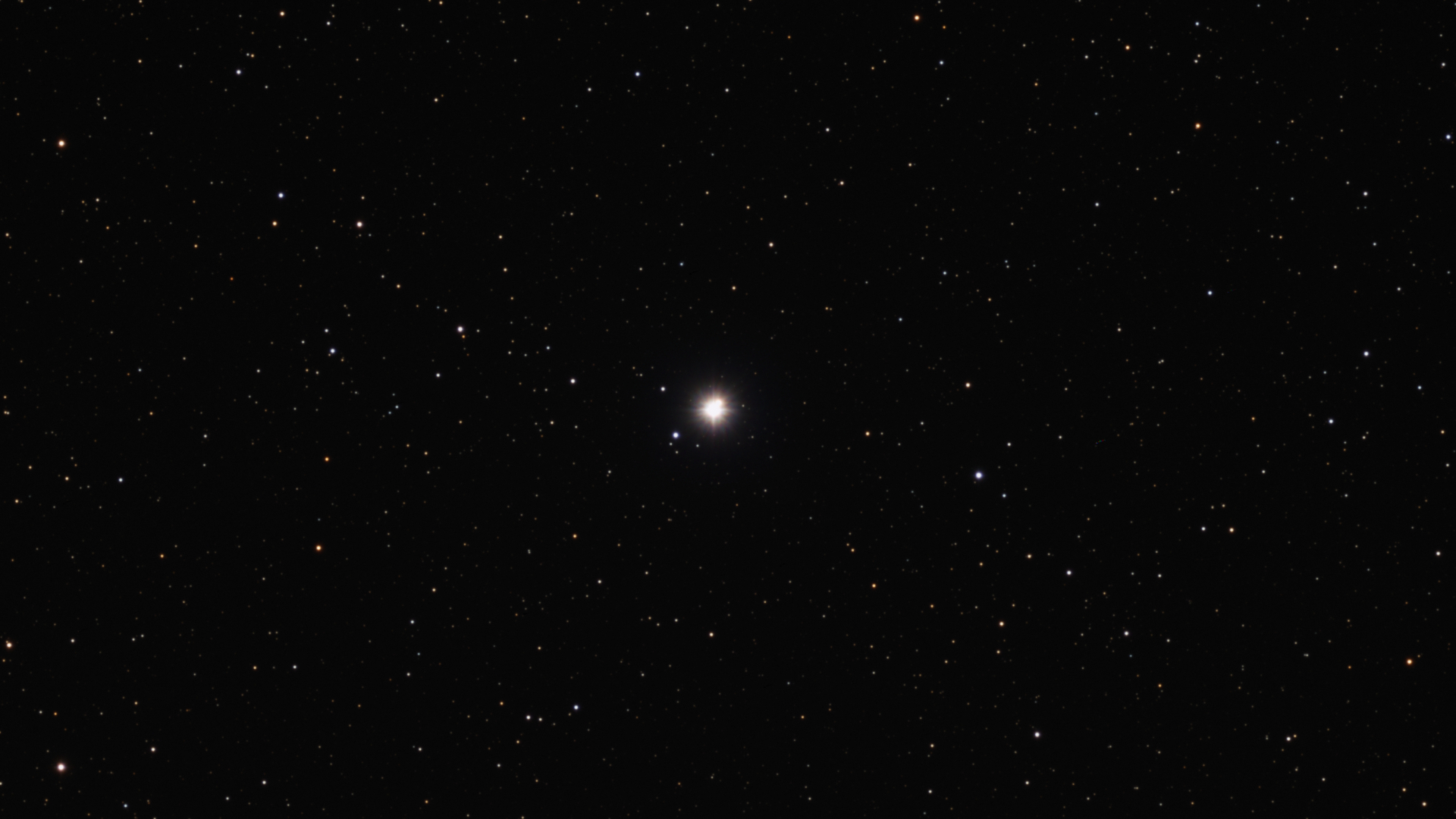NASA to Look into NEO Threat Response Proposals
NASA is on the lookout for ways to fend off Earth-threatening Near-Earth Objects. The space agency has issued a call for papers May 15 that, among a range of topics, would help sort out possible alternatives to divert an object if found to be on a likely collision course with Earth.
A U.S. Congress go-ahead on the matter is tied to the NASA Authorization Act of 2005 passed by Congress late last year, and subsequently signed by the President.
"The U.S. Congress has declared that the general welfare and security of the United States require that the unique competence of NASA be directed to detecting, tracking, cataloguing, and characterizing near-Earth asteroids and comets in order to provide warning and mitigation of the potential hazard of such near-Earth objects to the Earth," the Act states.
The Act directs the NASA Administrator to plan, develop, and implement a Near-Earth Object Survey program to detect, track, catalogue, and characterize the physical characteristics of near-Earth objects (NEOs) equal to or greater than 460 feet (140 meters) in diameter in order to assess the threat of such near-Earth objects to the Earth.
Engaging the experts
NASA's call for papers and selection of best ideas will lead to a NEO Detection, Characterization and Threat Mitigation workshop, to be held in a few months time. This workshop is being organized in support of NASA's Office of Program Analysis & Evaluation study in response to the congressional direction.
The four-day workshop is to engage experts from the NEO scientific and technical communities to identify the fullest possible set of alternatives for meeting congressional direction. Three focus areas of the workshop are:
Breaking space news, the latest updates on rocket launches, skywatching events and more!
- Detection, Tracking and Cataloging NEOs
- Characterization of NEOs, and
- Deflection or other forms of NEO Threat Mitigation
Deflection options
In the area of deflection and threat Mitigation of NEOs, the workshop would scope out key options.
For one, what is the ability of a proposed concept to characterize, either remotely or on-the-spot, a NEO for factors related to mitigation, including the size, composition and structure? Also, how best to mitigate the impact effects of a Near-Earth Object found to be on a likely collision course with Earth during a determined time period in the future?
NASA's call for ideas in abstract submission form is open until May 26. Those selected will be required to submit a full white paper by June 25. The workshop location and dates are yet to be determined, but penciled in for the late June-July time frame.
- Earth-Hitting Asteroids: Katrina From Space
- Deep Impact: Comet Chaser Special Report

Leonard David is an award-winning space journalist who has been reporting on space activities for more than 50 years. Currently writing as Space.com's Space Insider Columnist among his other projects, Leonard has authored numerous books on space exploration, Mars missions and more, with his latest being "Moon Rush: The New Space Race" published in 2019 by National Geographic. He also wrote "Mars: Our Future on the Red Planet" released in 2016 by National Geographic. Leonard has served as a correspondent for SpaceNews, Scientific American and Aerospace America for the AIAA. He has received many awards, including the first Ordway Award for Sustained Excellence in Spaceflight History in 2015 at the AAS Wernher von Braun Memorial Symposium. You can find out Leonard's latest project at his website and on Twitter.
